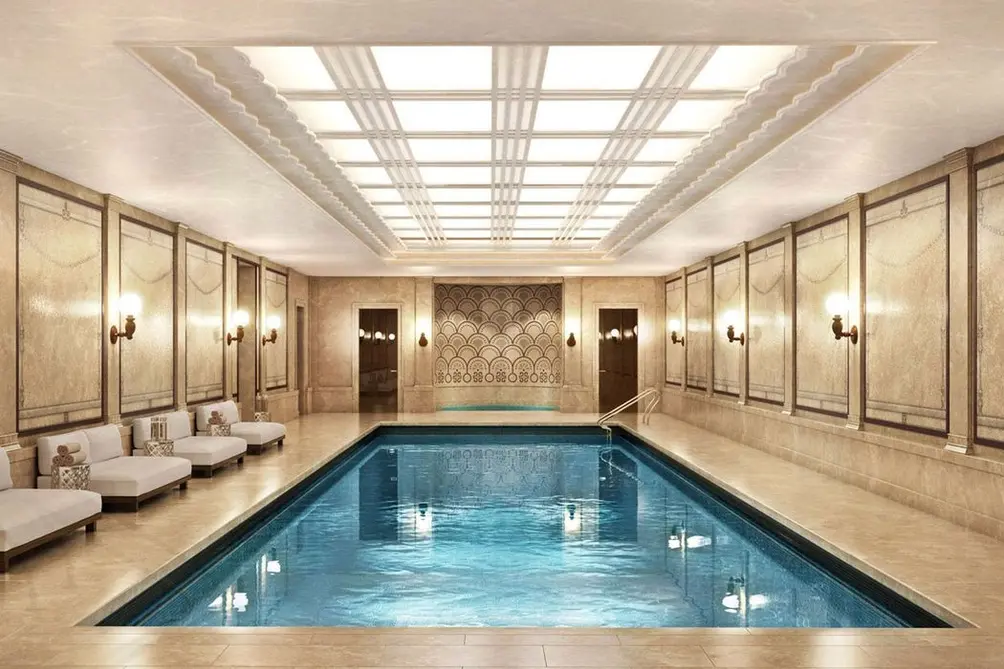Building an indoor swimming pool can be a significant investment, particularly for businesses like West-End Gym, aiming to enhance their facilities. This article explores the cost considerations involved in constructing an indoor swimming pool, ensuring that potential investors and business owners can make informed decisions.
Initial Costs
The initial costs of constructing an indoor swimming pool are the most substantial. For an establishment like West-End Gym, expenses include architectural design, construction materials, labor, and any special features like underwater lighting or heating systems. Typically, these costs can range from $200,000 to $450,000 depending on size, materials, and design complexity.
Ongoing Maintenance
Once the West-End Gym indoor swimming pool is operational, ongoing maintenance is crucial for ensuring longevity and safety. This includes regular cleaning, chemical balancing, and repairs. Monthly maintenance costs can vary, but they typically range from $2,000 to $5,000. It’s essential for West-End Gym to factor these expenses into their budget to maintain a high-quality service for their clients.
Energy Efficiency and Heating
Heating an indoor pool can be costly, especially in colder climates. To manage these costs, West-End Gym should consider energy-efficient solutions like solar heating systems or heat pumps. These can reduce energy consumption and lower monthly bills, although the initial installation may add to the upfront costs.
Insurance and Safety Regulations
For facilities like West-End Gym, adhering to safety regulations and securing proper insurance is non-negotiable. The pool area must comply with local safety standards, which may involve additional costs for features like slip-resistant tiles and adequate drainage systems. Insurance costs will also increase with the addition of an indoor swimming pool, covering potential accidents or damages.
Return on Investment
Although the upfront and ongoing costs are significant, the addition of an indoor swimming pool can substantially increase West-End Gym’s membership and retention rates. It is a lucrative amenity that can set the gym apart from competitors, potentially leading to increased revenue over time. Proper market analysis and member feedback can help in projecting the returns on this investment.
Conclusion
The decision to build an indoor swimming pool like the West-End Gym indoor swimming pool involves extensive cost analysis and strategic planning. By considering the factors of initial investment, ongoing maintenance, energy efficiency, safety, and potential financial returns, West-End Gym can make a decision that aligns with its long-term business objectives and enhances its service offerings to clients.












